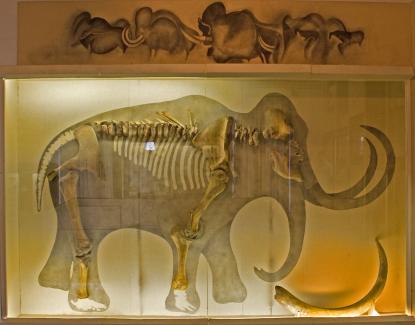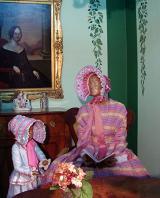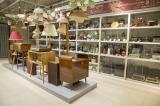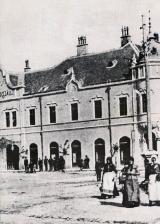2025. July 9. Wednesday
Mór Wosinsky County Museum - Szekszárd
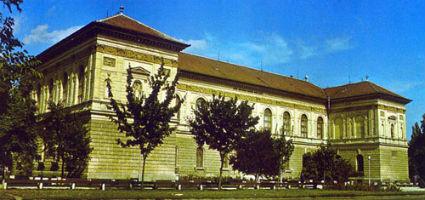 |
Address: 7100, Szekszárd Szent István tér 26.
Phone number: (74) 316-222
E-mail: wmmm@terrasoft.hu
Opening hours: Tue-Sun 10-17
|
Mór Wosinsky, the archeologist and museum founder. The museum was founded and opened its gates before the visitors in 1902.
Mór Wosinsky was born in Tolna in 1854. He finished his elementary schools here, and in Kalocsa. Following his secondary education he joined the Seminary in Pécs. His interest in archeology started soon, when he was a young priest. His mentor was Count Sándor Apponyi, The enlightened liberal, well known in Europe.
Wosinsky started his first excavation at Szárazpuszta without any proper archeological knowledge. Becoming enthusiastic on the succesful findings there, he carried on with his work at Töröksánc, near the village of Lengyel, which later became a well known neolithic site worldwide. With hard work and through intensive learning Wosinsky, after seven years of continuous digging at the the site, achieved high reputation among the scientists in Europe. Around the end of XIXth century, joining the general enthusiasm in Hungary (celebrating the first Millenium of Hungary), also Tolna county decided to draw up the history of the county. Wosinsky's part in it was the period before the settlement of the Magyars.
He hated to see, that all collected historical relics from this - and from other periods as well - went straight to the National Museum in Budapest, as it was the only institution in the country with proper funds to finance such activity. After long and not always fruitful fights he finally succeded to have a few rooms in the empty building of the local secondary grammar school, where he could place those - several thousands - objects which were his findings, and also those which were donated by count Apponyi.
This, of course, was a temporary solution only, and as a result of his determination, by the end of 1902, the new Museum was opened. (Built by Fülöp Hercog and Albert Schikedanz in neorenessaince style). Quite obviously the first Director was Wosinsky, who planned and executed popular education in his museum. Due to his early death in 1907 his life-work remained unfinished.
Mór Wosinsky was born in Tolna in 1854. He finished his elementary schools here, and in Kalocsa. Following his secondary education he joined the Seminary in Pécs. His interest in archeology started soon, when he was a young priest. His mentor was Count Sándor Apponyi, The enlightened liberal, well known in Europe.
Wosinsky started his first excavation at Szárazpuszta without any proper archeological knowledge. Becoming enthusiastic on the succesful findings there, he carried on with his work at Töröksánc, near the village of Lengyel, which later became a well known neolithic site worldwide. With hard work and through intensive learning Wosinsky, after seven years of continuous digging at the the site, achieved high reputation among the scientists in Europe. Around the end of XIXth century, joining the general enthusiasm in Hungary (celebrating the first Millenium of Hungary), also Tolna county decided to draw up the history of the county. Wosinsky's part in it was the period before the settlement of the Magyars.
He hated to see, that all collected historical relics from this - and from other periods as well - went straight to the National Museum in Budapest, as it was the only institution in the country with proper funds to finance such activity. After long and not always fruitful fights he finally succeded to have a few rooms in the empty building of the local secondary grammar school, where he could place those - several thousands - objects which were his findings, and also those which were donated by count Apponyi.
This, of course, was a temporary solution only, and as a result of his determination, by the end of 1902, the new Museum was opened. (Built by Fülöp Hercog and Albert Schikedanz in neorenessaince style). Quite obviously the first Director was Wosinsky, who planned and executed popular education in his museum. Due to his early death in 1907 his life-work remained unfinished.
